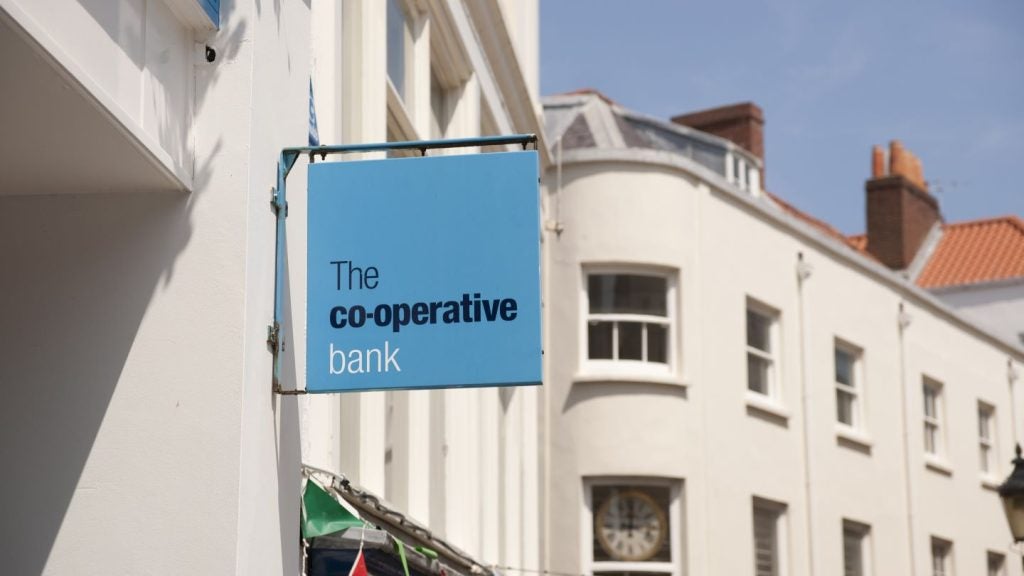payments via mobile phones continues to be a key global trend,
particularly in emerging economies such as India. The development
of the market, however, is proving to be an opportunity not just
for banks but also, increasingly, mobile phone operators and
network providers.
News that State Bank of India (SBI), the country’s largest retail
bank with 10,000 branches, is to roll out a transactional m-banking
product in the next few months will cement India’s status as a
modern mobile banking hub. ICICI, Standard Chartered and Barclays
have all launched m-banking products in the country this year (see
RBI 588, 586, 585); Yes Bank, a small but dynamic Indian
retail player in which HSBC upped its stake to 4.88 percent from
0.85 percent earlier in April, has also announced plans to offer
person-to-person (P2P) payments via mobile phones with US
m-payments IT specialist Obopay.
Across the world, more and more m-banking and m-payments services
are being launched – according to RBI data, over 50 m-banking
products have been launched worldwide since the start of 2007 – a
seemingly positive statement about the future of mobile
distribution and the place mobile devices will continue to play in
consumer financial services.
Shinsei Bank, for instance, Japan’s 11th-largest retail bank, hit
the Japanese banking market with a fully functional m-banking
service, available in Japanese and English, on 22 April. Called
Shinsei Mobile Direct, the service offers account inquiries,
transaction inquiries, remittances and fund transfers. The
tech-savvy $104-billion-asset banking group will be looking
to use the service to maximize its reach to customers – it only has
42 branches.
And in South Africa, Standard Bank, the largest retail player, has
just upgraded its offering, rolling out a StandardBank.mobi
service. “Instead of simply replicating our .co.za site, we tried
to think about the kind of things that would make sense for a
mobile site, especially those relating to convenience and ease of
use,” said Charles Street, head of mobile channel self-service
banking at Standard Bank. “We see the site as the first step in
getting familiar with the bank, applying for a home loan, finding
out where our branches are located.”
In India, Yes Bank customers now get the opportunity to transfer up
to INR25,000 ($618) per transaction to 240 million mobile users in
India using the SMS facility, and customers can withdraw cash from
over 21,000 ATMs across the country using the Yes Bank debit card.
Interestingly, Yes Bank looks set to be the first of several Indian
partners for Obopay, which said in January it had struck deals with
six banks and three telcos in the country. “This service [with Yes
Bank] is built for today’s mobile lifestyle, making funds available
to consumers anytime, anywhere,” said Aditya Menon, executive
director, Obopay India, in a statement.
This ‘mobile lifestyle’ is far from specific to just India,
however, or emerging economies such as Turkey which has also seen a
rapid take-up of m-banking services (see At the cutting edge of
banking) Banks across the world in mature markets are
continuing to pour resources into m-banking and m-payments services
on the back of growing customer demand, the drive for lower
distribution costs and the need to keep up with social trends and
competitors – competitors which mainly include other banks but also
increasing numbers of non-banks, including network operators such
as Vodafone, NTT DoCoMo and AT&T.
How well do you really know your competitors?
Access the most comprehensive Company Profiles on the market, powered by GlobalData. Save hours of research. Gain competitive edge.

Thank you!
Your download email will arrive shortly
Not ready to buy yet? Download a free sample
We are confident about the unique quality of our Company Profiles. However, we want you to make the most beneficial decision for your business, so we offer a free sample that you can download by submitting the below form
By GlobalDataIn the US, for instance, at the end of April, eBay’s highly
successful payments unit PayPal and leading US telco Sprint said
they were teaming up on a P2P mobile payments venture, offering
payment services via Sprint’s new downloadable mobile wallet
service. Sprint subscribers with a PayPal account can send money to
anyone in the world with a mobile phone number or e-mail address.
And at the start of April, Vodafone announced it was rolling out
its m-remittance service into another African country, Tanzania,
after a successful pilot in Kenya last year. It launched a similar
service in Afghanistan in February, too.
In many markets, banks and telecommunications companies are working
together. DnB NOR, Norway’s largest retail bank, for instance, set
up a new m-payments company with Norwegian telco Telenor on 29
April. “The technology is now in place, and the newest mobile
phones can be used for wireless payment. In addition, chip cards
have been developed to lock payment data. The main challenge is
standardisation, and this is where we come in,” says Bent Bentsen,
general manager for DnB NOR.
Dominant channel for mobile payments
A new report by US researcher Gartner says the number of people
making payments using their mobile phones globally is set to rise
from 32.9 million in 2008 to 103.9 million in 2011, adding that SMS
text messages will continue to be the dominant channel for mobile
payments, although take up of wireless application protocol,
unstructured supplementary service data and near field
communications contactless services will also grow.
“Mobile payment could bring revenue opportunities for carriers and,
potentially, banks if deployed properly,” states Sandy Shen,
research director at Gartner, summing up the study. “The service is
easier to justify in emerging markets, where many people are
unbanked or underbanked, and there are few payment options. In
developed markets, mobile payment is likely to start as a loyalty
scheme, as an extension of existing services.”
But she warns: “The business case is more obvious for mobile
carriers than banks; however, banks can justify the investment if
they look at mobile as an extension of their existing channels and
bundle payments with additional banking services.
“Banks should be aware of alternative services from non-banking
institutions, such as PayPal and Obopay, that can compete on lower
fees and faster transactions and that are more proactive on the
mobile front. These could threaten the lucrative card business
should momentum build up.”







